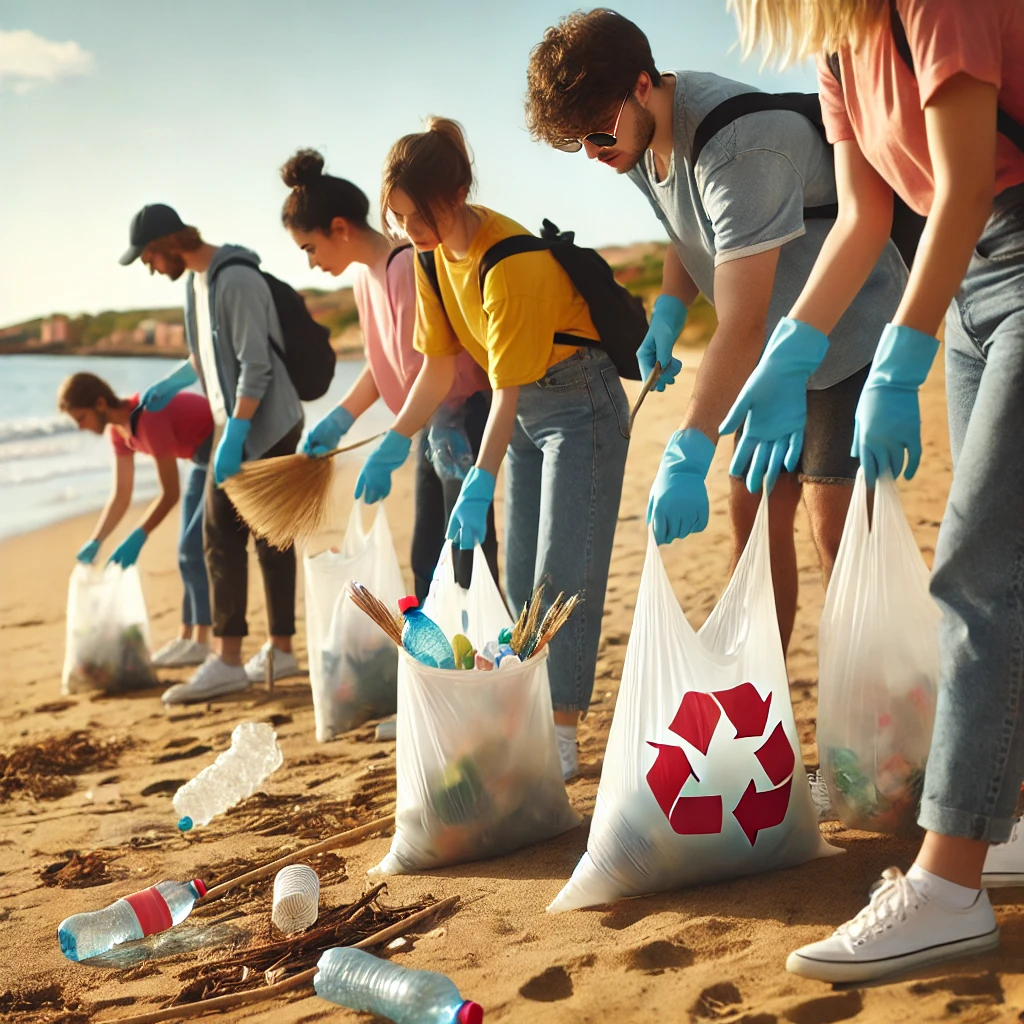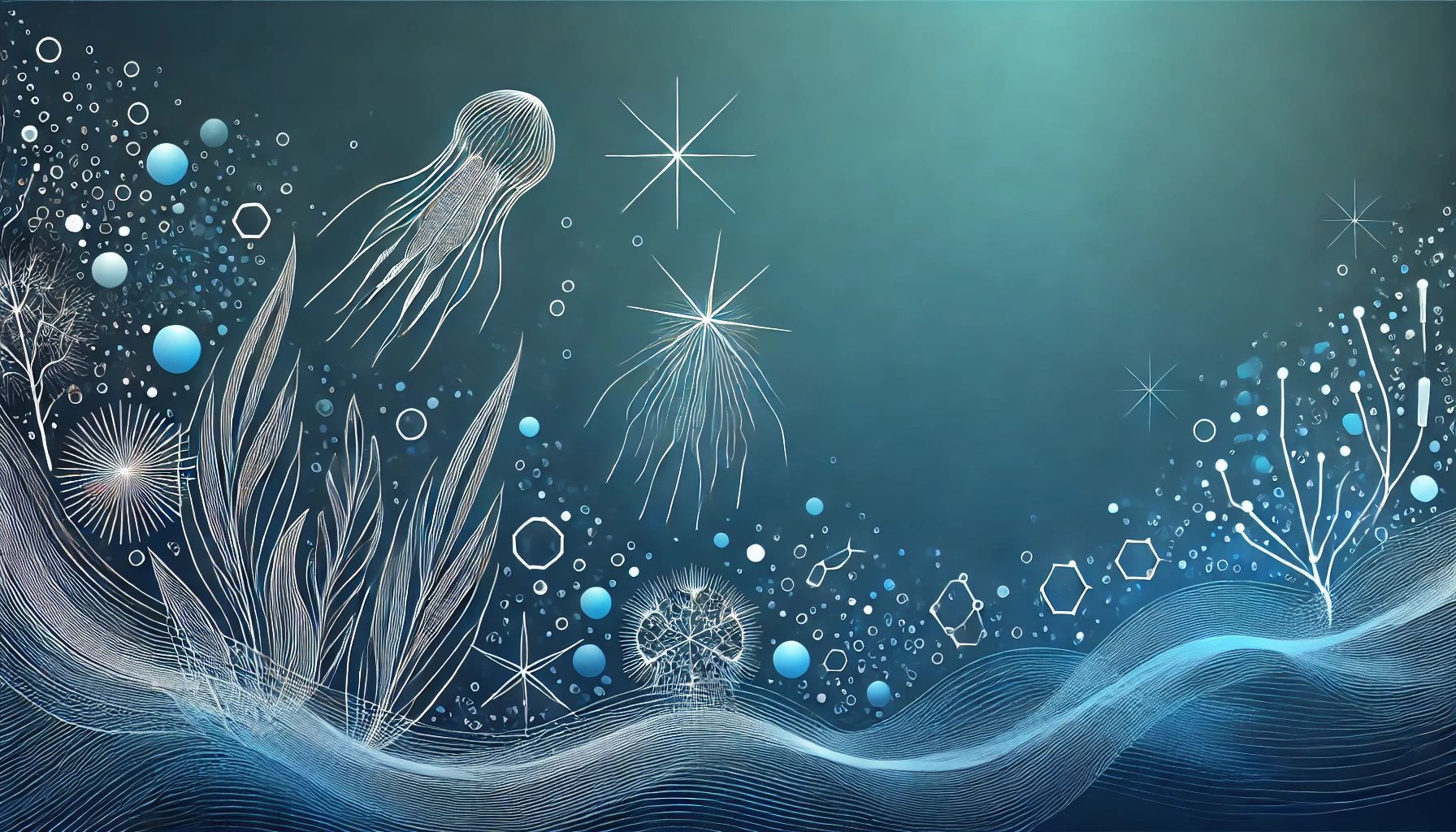Plastic pollution is one of the most pressing environmental issues of our time, particularly affecting marine ecosystems. As a ubiquitous part of our daily lives, plastic's durability and versatility have led to widespread use—and, unfortunately, to widespread pollution. This blog delves into the significant impact of plastic on marine life, highlighting the urgent need for action to protect our oceans.
The Ubiquity of Plastic

Since its mass production began in the mid-20th century, plastic has revolutionized industries from packaging to technology. However, its longevity means that most of the plastic ever produced still exists in some form today, often ending up in our oceans. It is estimated that approximately 8 million metric tons of plastic enter the ocean every year. This relentless influx has created vast gyres of plastic debris, such as the Great Pacific Garbage Patch, which spans an area twice the size of Texas .
The Devastating Effects on Marine Life

Ingestion and Starvation Many marine animals mistake plastic debris for food. Sea turtles, for example, often confuse plastic bags with jellyfish. When ingested, plastic can cause blockages in the digestive system, leading to malnutrition or starvation. A study found that 52% of the world's sea turtles have eaten plastic debris . Similarly, seabirds, fish, and marine mammals suffer from ingesting plastic, which can lead to death through starvation or internal injuries.
Entanglement Marine animals can become entangled in plastic waste such as fishing nets, six-pack rings, and plastic ropes. This entanglement can cause severe injuries, restrict movement, and lead to drowning. A distressing example is the plight of seals and sea lions, which often get caught in abandoned fishing gear, leading to fatal injuries .
Chemical Pollution Plastics can act as sponges for persistent organic pollutants (POPs), which are highly toxic chemicals. When marine organisms ingest plastics, these toxins can leach into their bodies, causing long-term health effects such as reproductive issues, developmental problems, and increased susceptibility to diseases. These toxins can also bioaccumulate up the food chain, ultimately affecting human health when we consume seafood .
Microplastics Over time, larger pieces of plastic break down into microplastics, tiny particles less than 5mm in diameter. These microplastics are pervasive throughout the marine environment and are easily ingested by a wide range of marine organisms, from plankton to whales. The impact of microplastics is still being studied, but early research suggests they can cause physical harm, carry harmful bacteria, and transport toxic chemicals through marine food webs .
Addressing the Crisis
Reduce Plastic Use One of the most effective ways to combat plastic pollution is to reduce our reliance on single-use plastics. This can be achieved through lifestyle changes such as using reusable bags, bottles, and containers, and supporting legislation that bans or restricts single-use plastics .
Improve Waste Management Enhancing waste management systems, particularly in developing countries, can prevent plastic waste from entering the ocean. This includes better recycling programs, efficient waste collection, and proper disposal methods .
Innovate for Alternatives Investing in research and development of biodegradable and environmentally friendly alternatives to traditional plastics is crucial. Innovations in materials science can provide sustainable solutions that reduce the environmental footprint of plastics .
Cleanup Efforts Participating in and supporting beach cleanups and ocean cleanup initiatives can help mitigate the impact of plastic pollution. Organizations like The Ocean Cleanup are developing technologies to remove plastic from the ocean on a large scale, while grassroots movements can make a significant local impact .
Education and Advocacy Raising awareness about the impact of plastic on marine life and advocating for policy changes can drive collective action. Educating communities about the importance of reducing plastic use and supporting conservation efforts can lead to a more sustainable future .
Conclusion
The impact of plastic on marine life is a stark reminder of the consequences of our throwaway culture. By understanding the gravity of this issue and taking proactive steps to address it, we can help safeguard our oceans for future generations. It is our responsibility to turn the tide on plastic pollution and protect the incredible diversity of life that depends on healthy marine ecosystems.
For more information on how you can contribute to reducing plastic pollution, visit our website at www.ecorangers.co and join the movement to protect our oceans.
Sources
NOAA Marine Debris Program
WWF
Marine Mammal Center
Ocean Conservancy
UN Environment Program
PLOS ONE
Earth Day








